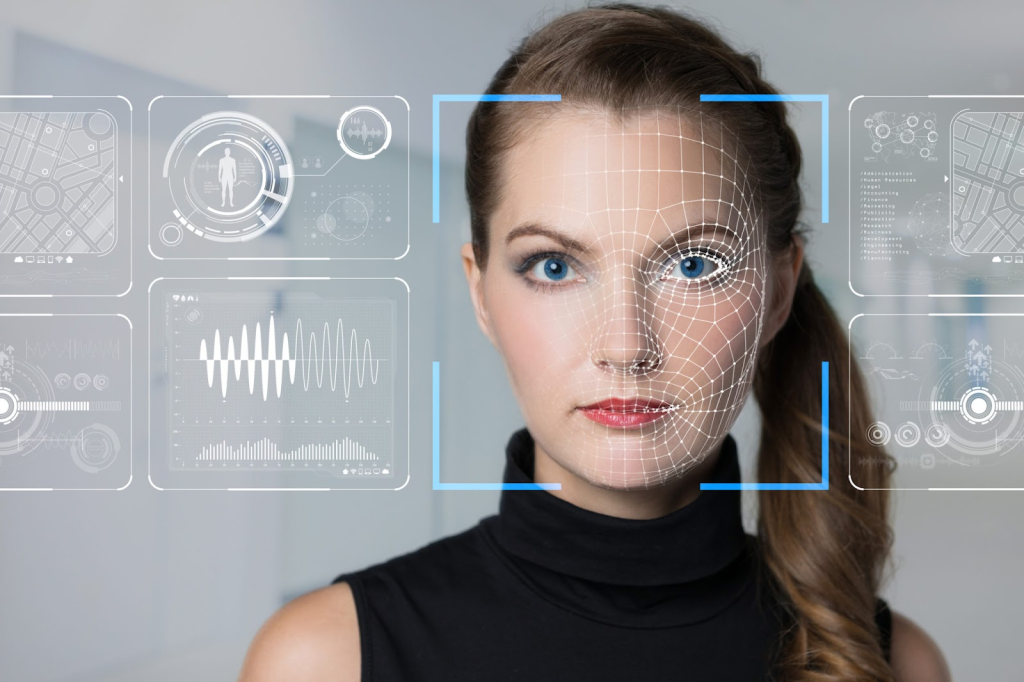Facial Liveness Detection: Enhancing Digital Security in the Age of AI

In today’s digital-first world, identity fraud has become one of the biggest challenges for organizations across industries. From financial institutions to e-commerce platforms, verifying that a user is truly who they claim to be has never been more critical. Traditional methods like passwords or one-time codes are no longer sufficient, as cybercriminals constantly develop new ways to bypass security systems. This is where facial liveness detection comes into play—a revolutionary approach that ensures only real, live individuals can pass through identity verification checks.
What Is Facial Liveness Detection?
Facial liveness detection is a biometric security feature designed to distinguish between a live human face and fraudulent attempts such as photos, videos, masks, or deepfake content. Unlike simple facial recognition, which verifies if a face matches a stored image, liveness detection determines whether the presented face is genuine and belongs to a real, living person.
For example, if someone tries to trick a system using a printed photo of a legitimate user, facial liveness detection technology can detect the absence of natural human behaviors—like blinking, subtle facial movements, or depth patterns—and block the attempt.
Why Liveness Detection Matters
As more services transition to digital platforms, fraudsters are also adopting advanced methods to exploit security loopholes. Identity theft, account takeovers, and synthetic identity fraud have become increasingly common. Without proper safeguards, organizations risk not only financial losses but also reputational damage and regulatory non-compliance.
Liveness detection acts as a frontline defense against these threats. It ensures that only legitimate users can gain access, providing a strong shield against spoofing attacks. For industries like banking, fintech, healthcare, and government services, this technology is no longer optional—it’s a necessity.
How Liveness Detection Technology Works
The success of liveness detection lies in its ability to use AI, computer vision, and machine learning to differentiate between real and fake faces. Broadly, there are two types of liveness detection technology:
1. Active Liveness Detection
In active liveness detection, the system prompts the user to perform specific actions during verification. For example:
- Smiling or blinking
- Turning the head in a certain direction
- Speaking a random phrase
Since these actions require real-time human participation, they make it difficult for fraudsters to use static photos or pre-recorded videos to fool the system.
2. Passive Liveness Detection
Unlike active methods, passive liveness detection works silently in the background without requiring the user to perform any task. The system analyzes subtle facial cues, such as skin texture, depth, and reflections of light, to determine authenticity. Because it provides a seamless user experience, passive liveness detection technology is gaining popularity in industries that prioritize customer convenience.
Benefits of Facial Liveness Detection
Implementing liveness detection offers numerous advantages for businesses and end-users alike.
1. Enhanced Security
The primary benefit is its ability to prevent spoofing attacks. Fraudsters can no longer bypass identity verification systems with photos, masks, or deepfakes, as liveness detection makes these tactics ineffective.
2. Improved User Experience
Unlike complex verification processes that frustrate customers, liveness detection is simple and quick. Most users only need to look into their device’s camera for a few seconds, making onboarding smooth and user-friendly.
3. Regulatory Compliance
Many industries, especially finance and healthcare, are subject to strict Know Your Customer (KYC) and Anti-Money Laundering (AML) regulations. By integrating liveness detection technology, organizations can ensure compliance while safeguarding sensitive data.
4. Cost Efficiency
Identity fraud results in billions of dollars in losses every year. Preventing fraudulent access with liveness detection saves businesses from financial damage and reduces the costs associated with manual fraud investigations.
Real-World Applications of Liveness Detection Technology
The demand for liveness detection is rapidly growing across multiple sectors:
- Banking & Fintech: Used during digital account opening and online transactions to ensure only genuine customers access financial services.
- E-Commerce: Prevents fake accounts and fraudulent purchases.
- Healthcare: Ensures secure access to telemedicine platforms and electronic health records.
- Government Services: Strengthens e-passports, e-voting, and other digital identity programs.
- Workplace Security: Helps organizations implement robust access control systems.
Future of Liveness Detection
As deepfake technology continues to evolve, the need for stronger identity verification methods will only increase. Future advancements in liveness detection technology will likely focus on combining biometric factors, such as voice recognition and behavioral analytics, with facial authentication. This multi-layered approach will further reduce the chances of fraud while maintaining a seamless user experience.
AI-driven solutions are also becoming more adaptive, learning from new attack methods and constantly improving their ability to detect sophisticated spoofing attempts. Businesses that adopt these technologies early will gain a competitive edge by building trust with customers and regulators alike.
Conclusion
In the digital age, protecting identities is more important than ever. Facial liveness detection goes beyond traditional facial recognition by ensuring that the person on the other side of the screen is not only the right individual but also a live, genuine human being. By leveraging advanced liveness detection technology, businesses can stay ahead of fraudsters, deliver a better user experience, and maintain regulatory compliance.
For organizations seeking to secure their digital platforms, liveness detection isn’t just an added feature—it’s the foundation of modern identity verification.